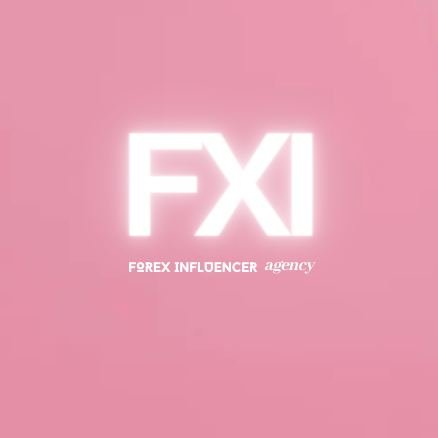How to Spot Fake Forex Gurus on Social Media

With the rise of social media, forex trading has become more accessible, but it has also attracted a growing number of self-proclaimed “forex gurus” looking to exploit unsuspecting traders. While some experts genuinely want to help, others are more interested in making a quick buck. Here’s how to spot fake forex gurus on social media:
1. Too-Good-to-Be-True Results
Fake forex gurus often post screenshots of trading accounts showing unrealistic profits—sometimes claiming to have turned small investments into massive returns overnight. Real traders know that forex is a volatile market, and while profit is possible, it requires patience, skill, and risk management.
Red Flag: If a “guru” promises guaranteed profits or consistently high returns with little to no risk, be skeptical.
2. Lack of Transparency
Authentic traders share their strategies, explain their reasoning behind trades, and admit their losses. In contrast, fake gurus often gloss over their methods, focusing instead on their supposed success. They may also avoid showing any verifiable proof of their trading history.
Red Flag: If the guru is unwilling to show their trading records or explain their strategies in detail, it’s a sign they might be hiding something.
3. Emphasis on Lifestyle Over Strategy
Many fake forex gurus use luxury cars, vacations, and flashy possessions to lure people in. Their social media pages are filled with images of a lavish lifestyle, but little substance regarding actual trading techniques or market analysis.
Red Flag: If most of their content revolves around showcasing their wealth rather than teaching forex principles, they are likely trying to sell you a dream rather than legitimate trading knowledge.
4. Pushy Sales Tactics
Fake gurus often push expensive courses, mentorships, or signal services. Their sales tactics are aggressive, using fear of missing out (FOMO) to pressure you into buying their products. They may claim that their “limited-time offer” will soon expire or that you need to act fast to secure financial freedom.
Red Flag: Any time a “guru” is more focused on selling you something than offering valuable insights, be cautious.
5. Fake Followers and Engagement
Many fake forex gurus purchase followers and likes to appear more credible. You can often spot this by examining their engagement. For instance, a “guru” with thousands of followers may have very few meaningful comments or interaction on their posts. Similarly, comments may seem generic or spammy.
Red Flag: Check if their engagement seems genuine or is filled with bot-like comments. Use tools like Social Blade to analyze follower growth patterns.
6. Lack of Verified Credentials
While it’s not necessary for every forex trader to have formal financial education, fake gurus often lack even basic verifiable credentials. They may have little to no experience in trading, yet present themselves as experts. Real traders usually have some form of trading experience, certifications, or an established track record.
Red Flag: Verify their background—look for a history of forex trading, reputable testimonials, or certifications from recognized institutions.
7. Risk-Free Claims
One of the clearest signs of a scam is the promise of risk-free trading. Forex trading, by nature, involves risk, and no legitimate trader will claim that you can profit without it. The most credible gurus emphasize risk management, not risk elimination.
Red Flag: Anyone promoting forex as a risk-free venture is misleading you.
8. Unregulated Signal Services
Many fake forex gurus offer signal services that claim to provide profitable trade alerts. However, these services often come with little transparency and may not be regulated. Without proper regulation, there is no accountability, leaving traders vulnerable.
Red Flag: Be wary of signal services that lack regulation, reviews, or proper disclaimers.
9. Manipulative Testimonials
Fake gurus often use testimonials from supposedly successful students to convince new traders of their effectiveness. However, these testimonials can be manipulated, fabricated, or bought.
Red Flag: Be skeptical of testimonials that lack details or feel overly generic. Look for independent reviews or forums discussing the guru’s legitimacy.
Conclusion
The forex industry is filled with both real experts and imposters. Spotting fake forex gurus requires vigilance, critical thinking, and a willingness to question their claims. By staying informed and cautious, you can avoid falling for scams and instead focus on learning from genuine, experienced traders who prioritize education and transparency over flashy sales tactics.
